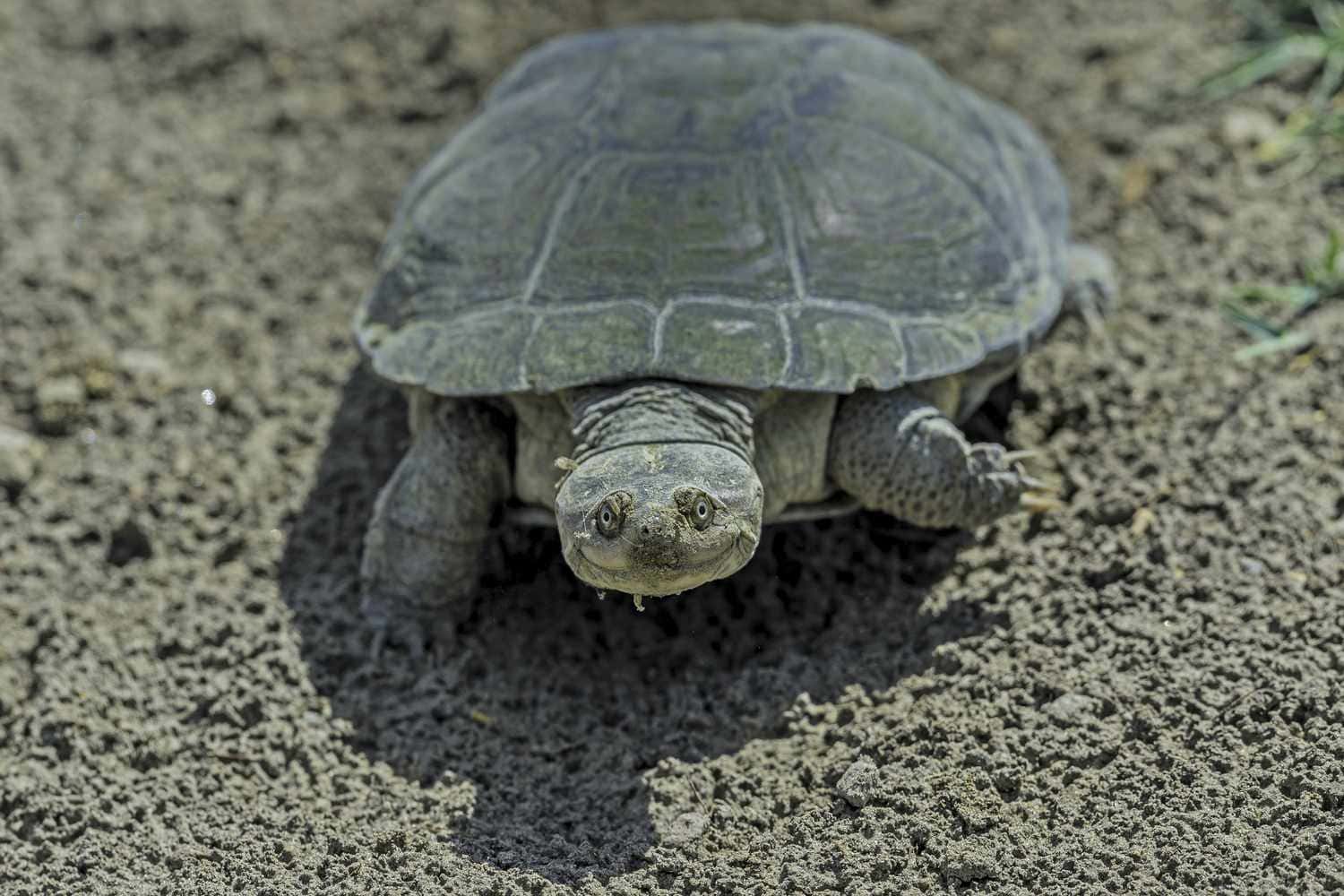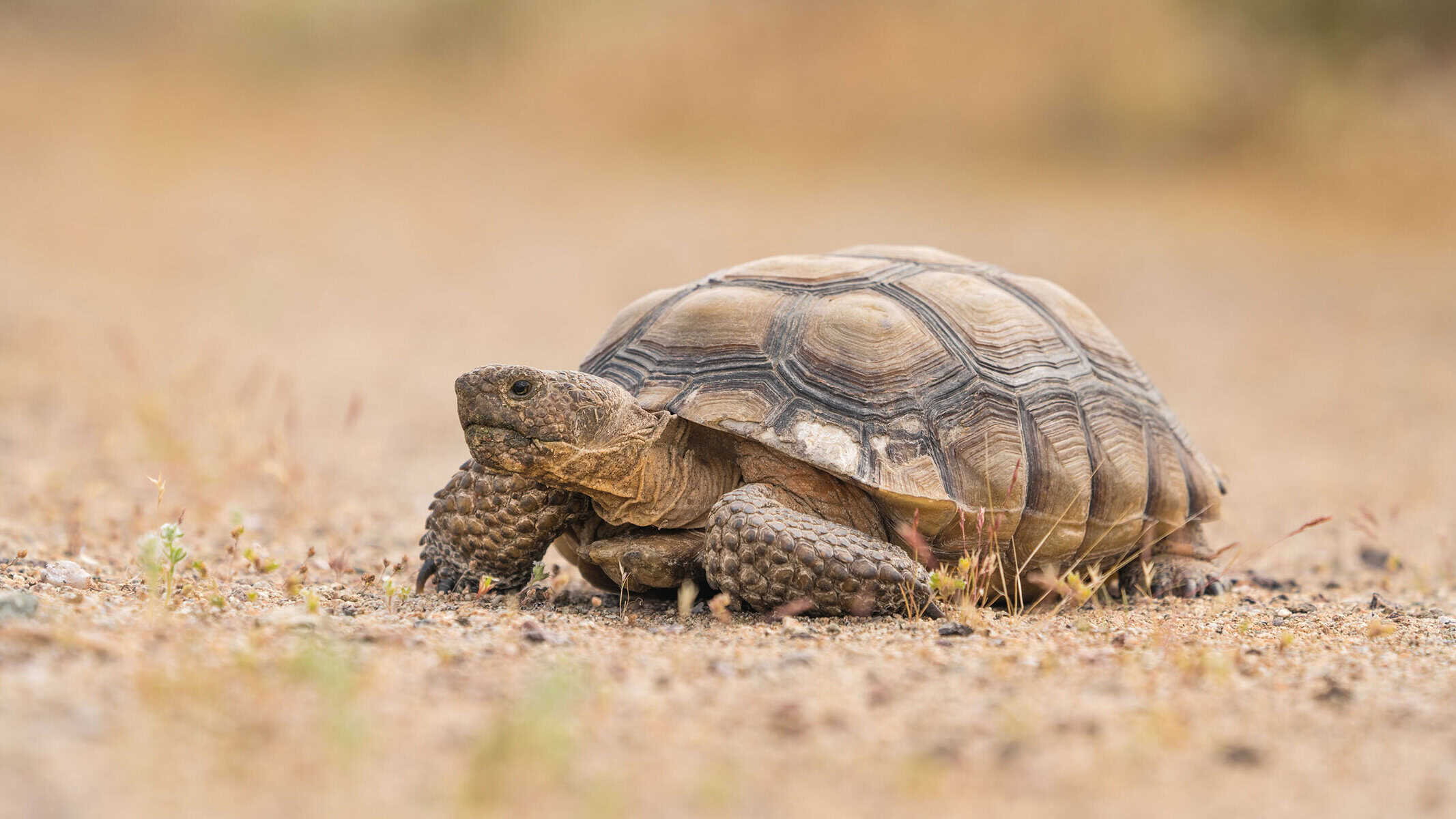Tortoises are a fascinating group of reptiles known for their long lifespans, slow movements, and distinctive shells. These ancient creatures are found on various continents and inhabit a wide range of environments, from deserts to forests. This comprehensive article explores the diverse world of wild tortoise species, their characteristics, habitats, conservation status, and the challenges they face.
What Makes a Tortoise Unique?
Tortoises belong to the order Testudines, which encompasses all turtles and terrapins. However, the term “tortoise” is generally reserved for terrestrial species. Unlike their aquatic cousins, tortoises have high-domed shells, elephantine legs, and a diet primarily based on plants.
Their shells, consisting of a carapace (upper shell) and a plastron (lower shell), provide protection from predators and the elements. Tortoises are ectothermic, meaning they rely on external heat sources to regulate their body temperature.
Diversity of Wild Tortoise Species
Wild tortoise species exhibit remarkable diversity in terms of size, shape, coloration, and geographical distribution. Here are a few examples of well-known tortoise species:
- Galapagos Giant Tortoise (Chelonoidis niger): Endemic to the Galapagos Islands, this iconic species is one of the largest tortoises on Earth, with some individuals exceeding 500 pounds (227 kg).
- African Spurred Tortoise (Centrochelys sulcata): This large tortoise, native to the Sahara Desert and Sahel regions, is known for its distinctive spurs on its hind legs.
- Indian Star Tortoise (Geochelone elegans): This beautiful species, found in India and Sri Lanka, is characterized by its star-like pattern on its shell.
- Russian Tortoise (Testudo horsfieldii): Native to Central Asia, this small tortoise is a popular pet due to its hardiness and docile nature.
- Desert Tortoise (Gopherus agassizii): This species, found in the southwestern United States and northwestern Mexico, has adapted to survive in harsh desert environments.
These are just a few examples of the many wild tortoise species found worldwide. Each species has unique adaptations that allow it to thrive in its specific habitat.
Habitat and Distribution
Wild tortoises inhabit a variety of habitats, including deserts, grasslands, forests, and scrublands. Their distribution spans several continents, with a particularly high diversity in Africa, Asia, and North America. Some species, like the Galapagos giant tortoise, are island endemics, while others, like the Russian tortoise, have a wide geographical range.
Conservation Status and Threats
Many wild tortoise species face significant conservation challenges. Habitat loss due to human activities, such as agriculture, urbanization, and infrastructure development, is a major threat. Additionally, tortoises are often collected for the pet trade or hunted for their meat and shells. Climate change poses another threat, as it can alter habitats and disrupt tortoise life cycles.
Several tortoise species are listed as threatened or endangered by the International Union for Conservation of Nature (IUCN). Conservation efforts are underway to protect these vulnerable species through habitat preservation, captive breeding programs, and public awareness campaigns.
The Importance of Wild Tortoises
Wild tortoises play crucial roles in their ecosystems. As herbivores, they help control plant growth and disperse seeds. Their burrows can provide shelter for other animals, and their shells can serve as microhabitats for smaller organisms. Tortoises are also cultural symbols in many societies, appearing in myths, folklore, and art.
Conclusion
Wild tortoise species are a testament to the diversity and resilience of life on Earth. Their unique characteristics, varied habitats, and ecological significance make them valuable members of the natural world.
However, many tortoise species face significant threats, making conservation efforts crucial for their survival. By understanding and appreciating these ancient creatures, we can ensure that they continue to roam the Earth for generations to come.
Originally posted 2024-07-02 01:57:19.



